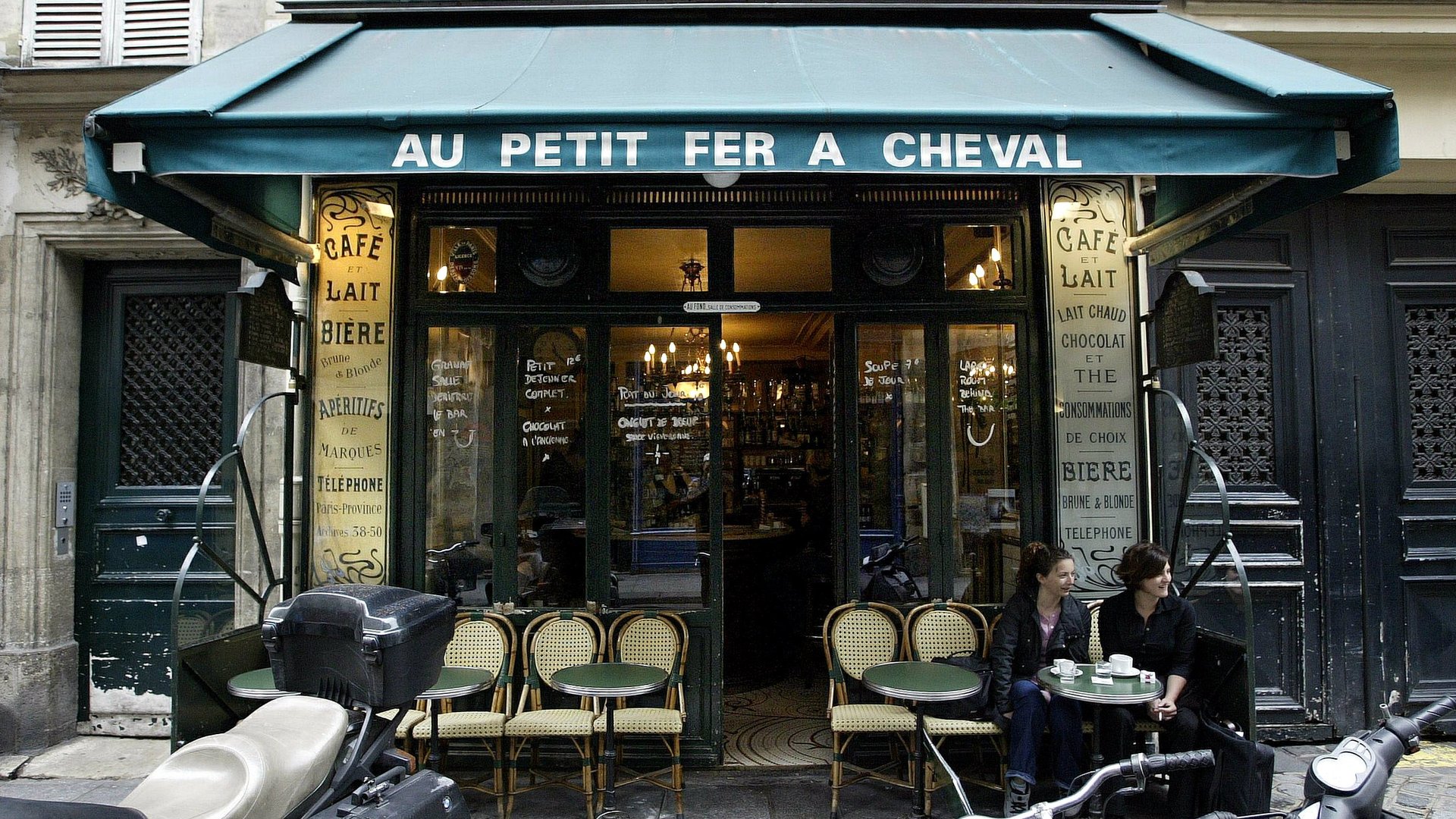French restaurant culture is about to get a little more American
No one does restaurant dining quite like the French. The three course lunches in the middle of the workday. The pomp and circumstance of the servers. The basket of sliced baguette that unfailingly appears alongside your food.


No one does restaurant dining quite like the French. The three course lunches in the middle of the workday. The pomp and circumstance of the servers. The basket of sliced baguette that unfailingly appears alongside your food.
But unlike American diners—who see a takeaway box or “doggy bag” as a God-given right—the French do not share this view. At least not according to a government survey which recently found that 70% of French people have never taken home their leftovers.
That soon might change. France’s parliament is currently considering a vote on a bill that will require all restaurants to offer le doggy bag—or its officially-sanctioned name le gourmet bag—to their patrons. While a law passed in 2016 already requires this of large dining establishments, most of France’s small restaurants (of which there are tens of thousands in Paris alone) were exempt.
The move has been largely motivated not by demanding hungry diners, but by a national crackdown on food waste. In 2016, France became the first country in the world to ban supermarkets from wasting food, requiring them instead to donate to food banks and charities. This has led France to become a global leader in waste diversion and earned it the top spot on the Economist Intelligence Unit’s index ranking on food waste and sustainable agriculture.
So how have the French lived so long without taking their leftovers home with them? A better question is perhaps why other nations have gotten so used to it. In the US in particular, portions are so large that diners expect that paying for a single dinner entree will also provide lunch for tomorrow. In parts of Asia, a more cultivated street food culture as well as prevalence of family style dishes makes the practice of taking unfinished food home common as well. However in France, a more formalized national food culture means that meals are more leisurely, with more courses and smaller portions, and thus dishes likely to be consumed in full.
In addition, the concept of “convenience food”—or eating on the go—is far less prevalent in France. With the exception of a pain au chocolat or baguette from the local boulangerie, you don’t often see Parisians with a to-go bag of food like you do urban dwellers in New York or London. Most of the chains that do offer such convenience—Starbucks and McDonalds, for example—are in fact American themselves. And it was only recently—aided by apps like Deliveroo and Foodora—that French people truly embraced the concept of ordering takeout from home.
Being able to ask for your confit du canard dans le doggy bag may not seem like a big deal, but in a culture that steadfastly holds onto its norms—especially when it comes to food—it’s more significant than it seems.